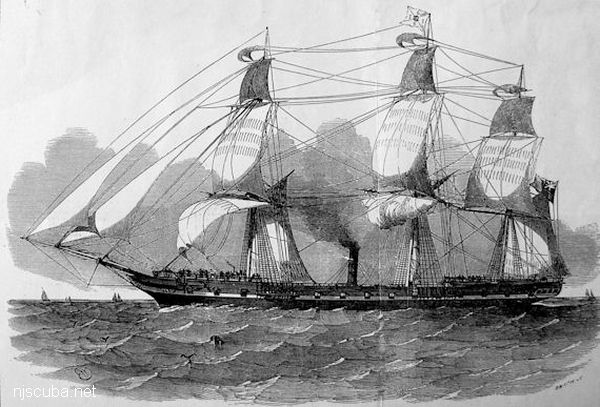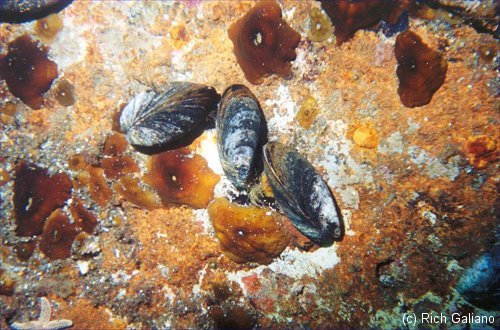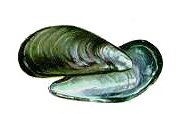Dive Sites (24/45)
More: Dive Sites ...
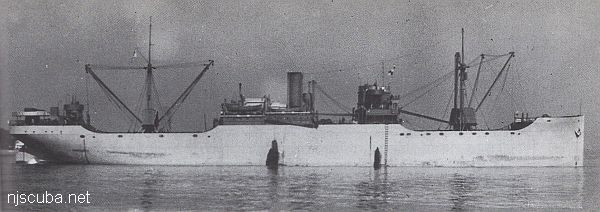
- Type:
- freighter
- Built:
- 1919, American International Shipbuilding, Hog Island PA USA
- Specs:
- ( 390 x 54 ft ) 5031 gross tons, 51 crew
- Sunk:
- Thursday December 31, 1942
foundered in a storm - 20 casualties - Depth:
- 225 ft
More: Maiden Creek ...
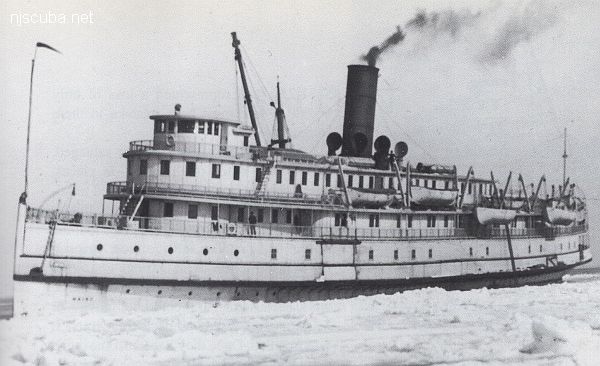
- Type:
- shipwreck, steamer, USA
- Built:
- 1891, Harlan & Hollingsworth, Wilmington DE USA
- Specs:
- ( 310 x 44 ft ) 1505 gross tons
- Sunk:
- Wednesday February 4, 1920
pushed onto rocks by pack ice - no casualties - Depth:
- 15 ft
low debris field
More: Maine ...
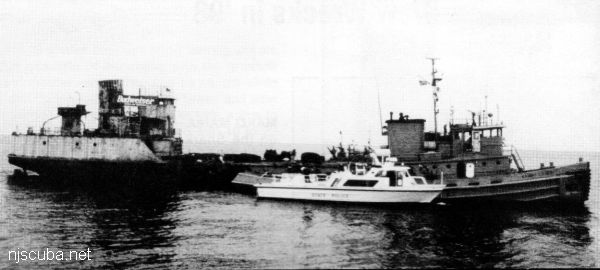
- Type:
- artificial reef, tanker, US Navy YW-83 class
- Built:
- 1945, Bay Shipbuilding, Surgeon Bay, WI, USA, as YW-127
- Specs:
- ( 165 x 33 ft )
- Sponsor:
- GPPCBA, Budweiser
- Sunk:
- Thursday July 16, 1998 - Sea Girt Artificial Reef
- GPS:
- 40°06.419' -73°41.460'
- Depth:
- 125 ft
More: Mako Mania YW-127 ...
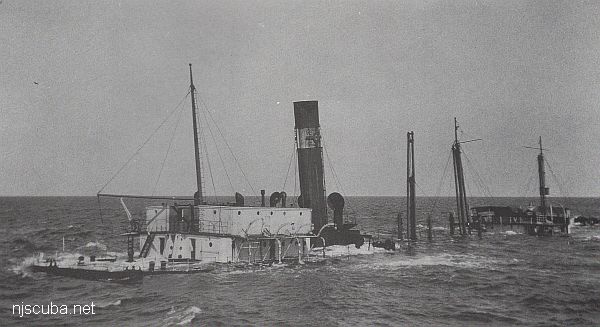
- Type:
- shipwreck, freighter, USA
- Built:
- 1907, Bethlehem Quincy, Quincy MA USA
- Specs:
- ( 373 x 52 ft ) 5054 gross tons, 42 crew
- Sunk:
- Sunday September 19, 1921
collision with SS Jonancy - no casualties - Depth:
- 40 ft
More: Malden ...
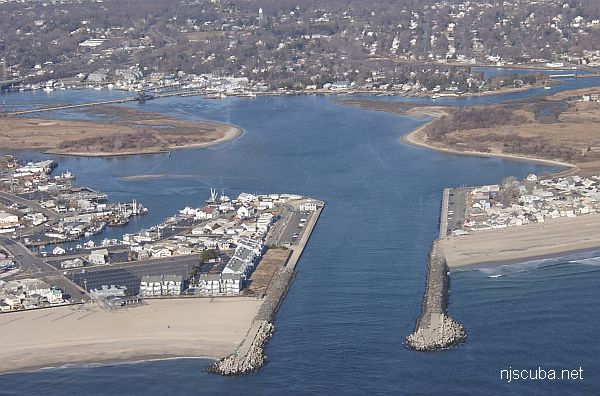
Point Pleasant on the left /south
Manasquan on the right / north
- Type:
- tidal river inlet with stone jetties or bulkheads on both sides
- Depth:
- 30 ft
This inlet has a long slightly L-shaped jetty on the north side and a longer straight jetty on the south side. Both jetties are made of large stones and concrete, and the ends are built out of man-made concrete "jacks", shaped like an H with a 90-degree twist in the middle.
More: Manasquan River Inlet ...
N.J. Shore inlet to be surveyed after large sandbar forms
By Nicolas Fernandes
NJ Advance Media for NJ.com
Aug. 17, 2022
Sand piling up in Manasquan Inlet
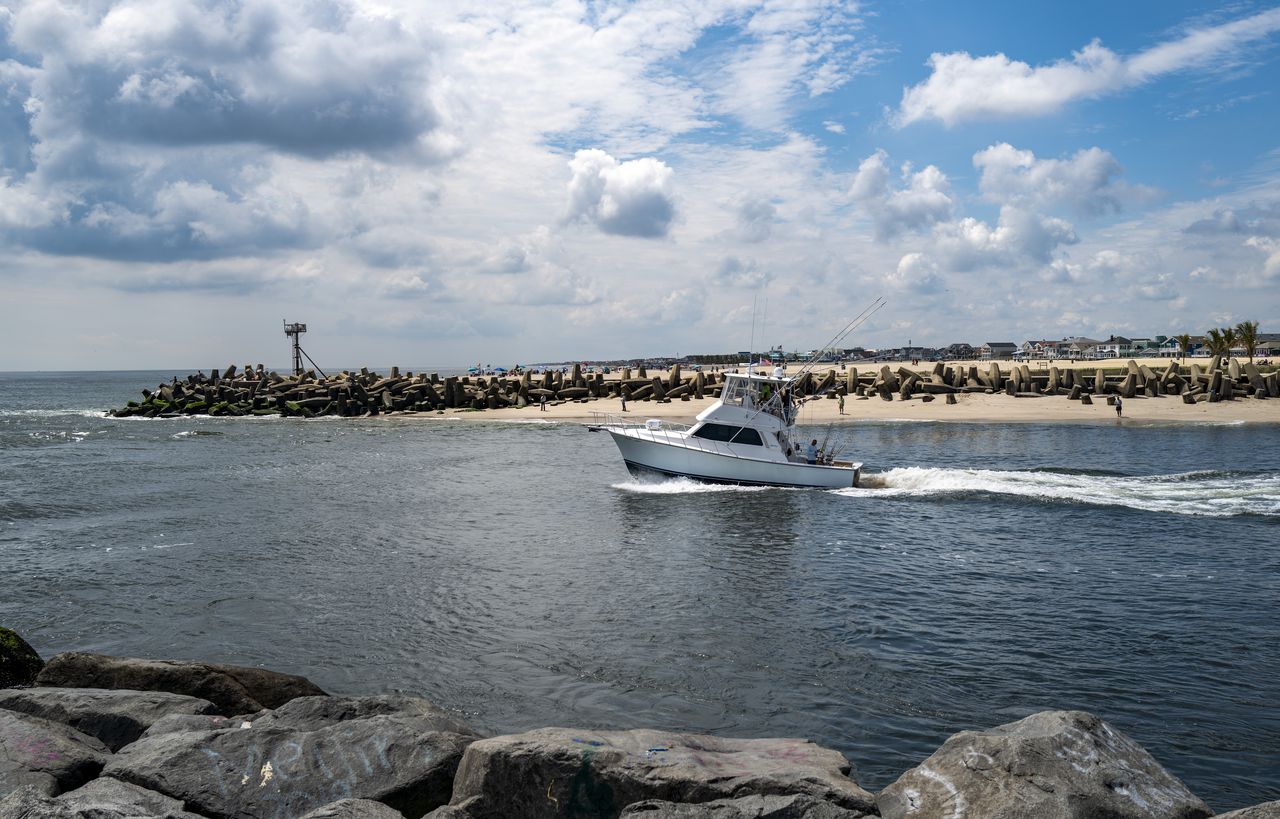
Andrew Mills | NJ Advance Media for NJ.com
The Army Corps of Engineers will visit the Manasquan Inlet next week to survey a large sandbar that has formed in the waterway, U.S. Rep. Chris Smith, R-4th Dist., said Wednesday.
Sands at the inlet have shifted before, but the low-tide sandbar is larger than anything seen there before, the congressman said.
"We are gravely concerned that it will pose a serious hazard to navigation," Smith said.
More: Manasquan Inlet Filling In ...
2 miles off Manasquan Inlet
Depth: 67-74 ft [download]
More: Manasquan Inlet Artificial Reef ...
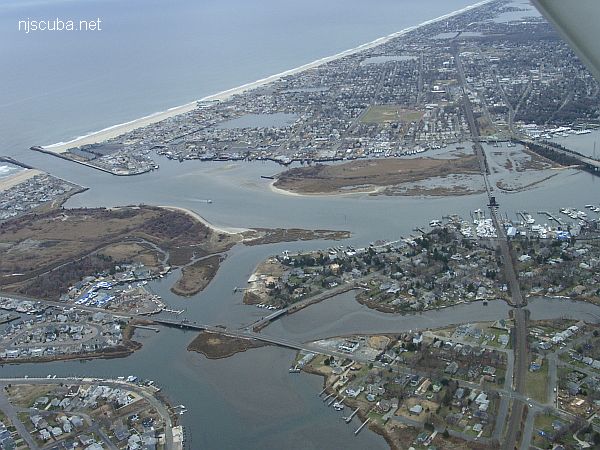
The Manasquan River is overall not as nice a place to dive as the Shark River. The currents are stronger, the water never seems as clean, and the bottom is silty wherever it is not covered with mussels. The inlet jetties can be downright dangerous, and the boat traffic in the channel there is often very heavy. Off the north jetty is the so-called "Manasquan Wreck", but this is a long swim from shore and probably best approached with a boat.
More: Manasquan River ...

